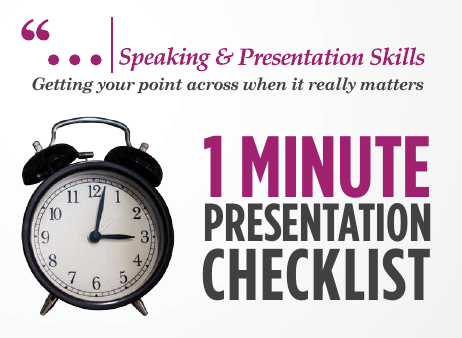This morning I received a prospecting letter from an insurance specialist. They want me to switch my home insurance to them, and they have a good proposition, but it’s poorly put.
On the first page there are 11 short paragraphs, no less than nine of which begin with either “I” or “We”. It’s a common failing in mail shots from SMEs, and may be the main reason why they fail.
Here are some of the most common openings in such sales letters:
- We at XYZ Company believe …
- At XYZ Company we …
- We believe …
- We are …
- We offer …
- I know …
Returning to this morning’s letter, its most powerful motivator is on the back page! Not only that, it offers an incentive to ask for a quote, but places it near the bottom of the front page! Easily missed. What’s worse, they spoilt it all by adding (Terms and conditions apply) immediately afterwards.
Ordinarily I would have discarded the letter within seconds of opening it, but it has provided a useful example for analysis.
These are the things I would recommend:
- Lead with the strongest benefit
- Focus on the reader, not yourselves
- Minimise the use of I and We at the start of paragraphs
- Make it easy on the eye. The back page is so cluttered, it’s hard to know where to look
- Link your incentive to the call for action
- Get your grammar right
- Line up the benefits in a sequence that grabs attention and builds up the excitement, instead of the current higgledy piggledy display
- Keep T & C and similar distractions away from the sales pitch
Most of these points would be addressed by a professional copywriter. Sadly, too many clients write their own sales letters, or they use a copywriter without a background in selling or direct marketing.
This is part of a short series of practical tips on Direct Marketing. Next time I’ll deal with the blight of ‘weasel words’ – those which appear to offer a benefit, but don’t.
PKP






